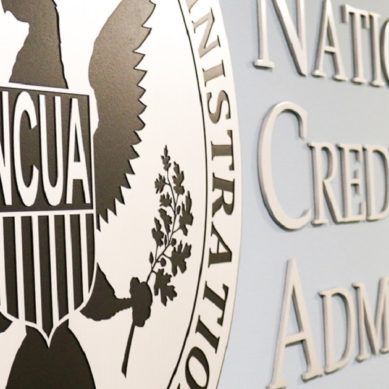Perhaps your organization is looking to launch a seasonal email campaign to promote auto rates. No doubt you will place special emphasis on the rates available to members, maybe even use the season in question to focus on different car options—a convertible to enjoy the summer air or an SUV that the whole family can pack up with gifts when visiting family for winter holidays.
Regardless of the promotion you are running, it is important to make sure that the target audience recognizes all emails as part of the same ongoing series. Creating a consistent brand across each message is key, with text that remains clear throughout and continues to communicate the intended goal. Each email does not have to appear completely identical to one another, but similar banner designs and color schemes within a particular series serve to clue readers in that what they are seeing is a reminder or follow-up on a communication they have seen before.
Examples from my organization
A few times each year, my CUSO will run an email campaign that involves several recurring communications over an extended period of time. During the summer of 2021, we delivered several emails on our new mobile-first online banking platform. The rollout process for this online banking experience saw many of the exciting features highlighted, with helpful tips on how staff could gain the most from each as well as how these would improve the user experience for members. Another major project during that same year focused on a software upgrade as part of the ongoing support for our core software. This series saw several colorful subject lines paired with a detailed outline of necessary steps for completing the upgrade, ultimately combining practical elements with a lighthearted, fun approach.
Our organization does, of course, send out reminder emails for some of our more common webinars and events. The difference with our longer-running email campaigns is that, because they typically require four or more messages and are often carried out over a period of several months, the approach we take with these emails is a bit more involved.
In the case of the new online banking rollout, we used a primarily blue template that emphasized desktop and mobile devices, the two major platforms supporting the online banking experience. For our core software announcements, silver banners featured a pairing of an image and play on words in the subject line, serving as a creative, gentle reminder for clients who had yet to complete the upgrade. One such example included an alarm clock and the subject line “Don’t Snooze on the LegaSuite Upgrade!”
Are there snappy catchphrases your branch locations tend to use when promoting services to visitors in-person, and are there ways you can think of that might translate to an email campaign or social media posts? Are there projects currently underway that your staff is excited to share with the community? When was the last time you provided members with a brief update on the status of these?
Make action items stand out
Equally important is making sure that recipients don’t have to dig too far into the message to find the action items. If you are promoting enhancements to an existing service, it may be more appropriate to assume that your members are already familiar with the basic details.
However, if you are launching a brand-new promotional opportunity, you want to communicate to members in as clear and digestible terms as possible. Excessive industry buzzwords are a common email marketing problem writes Steve Faber. “The problem for many businesses is that their customers aren’t in their industry. Some may have a basic understanding, but many folks just want you to solve their immediate problem. They want to know what cool ways their lifestyles can be enhanced, and if you can help them do it.”
It can be valuable to create a sense of urgency with later communications in the series, particularly when deadlines are approaching. According to Roland Pokornyik of Business 2 Community, “Time-sensitive incentives will captivate the attention of the readers. For example, if you are holding a webinar, let people know that the seats are limited and write the subject line accordingly.” Headlines that go out of their way to demand the reader’s attention with ‘Don’t wait!’ or ‘The deadline is almost here!’ indicate that the clock is ticking and give a gentle but firm push that interested members need to take action sooner than later.
You can also offer incentives to push towards greater engagement from members. This could include offering a discount to members who sign up to use a new service within the first month following its debut or entry into a drawing for discounts, which can translate to continued engagement with the series over the weeks and months a series is planned for. Pokornyik added that “incentives work as a magnet for most people. If possible, add incentives to your reminder email, and your conversion rate will grow… The subject line should specify that you offer discounts or bonuses; it will increase the open rate.”
A targeted campaign is often more effective
Targeted lists can ensure that the right contacts are receiving the right information. Depending on the nature of an email campaign, targeted lists can either be introduced from the outset to avoid “spamming” other clients who are otherwise unaffected by the topic at hand, or these lists can be brought into the process, later on, to really drive home important information for clients who have yet to complete their required tasks. As a bonus, targeted lists help avoid burnout for clients who have done their due diligence and completed all the tasks requested of them.
While perhaps not as commonly used as traditional marketing and informational emails, long-running campaigns can be utilized for a variety of subjects. They are a good means of keeping a share of your customers’ attention, reiterating key information with a consistent yet refreshed approach each time to gain as much engagement as possible or to ensure that deadlines are met and that your long-term campaigns are a success.

































































